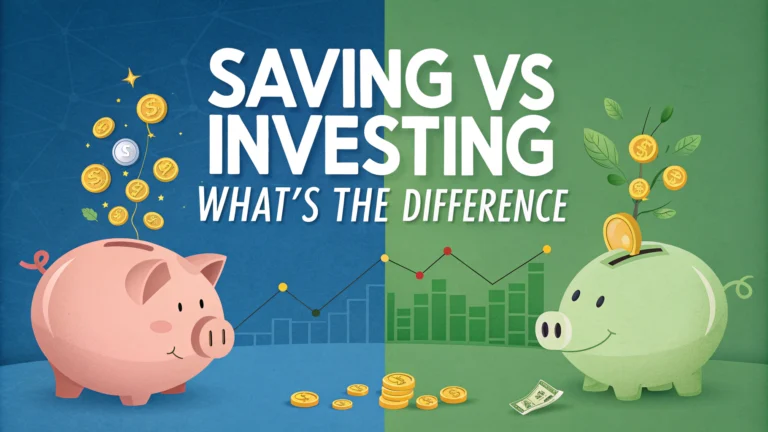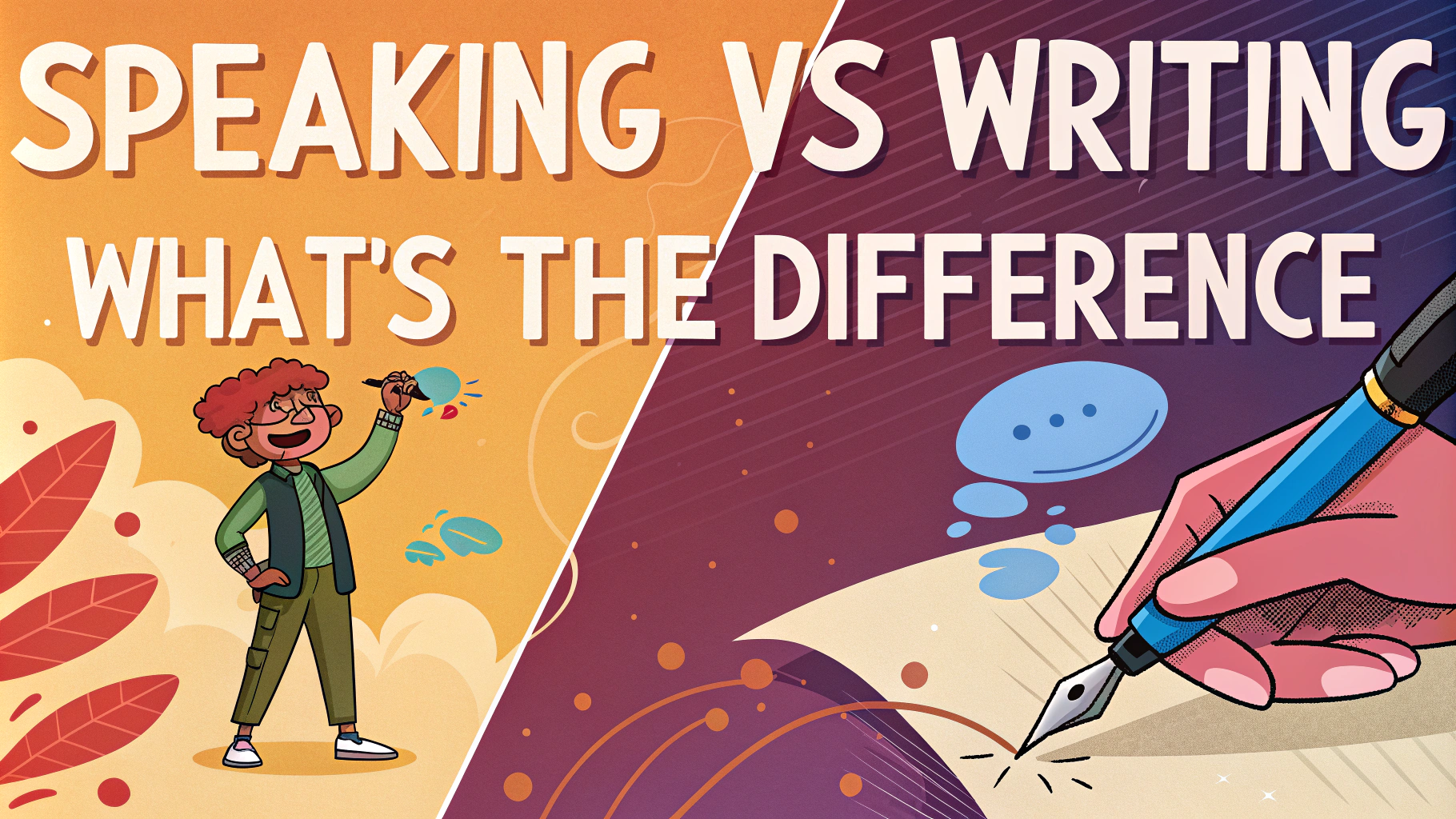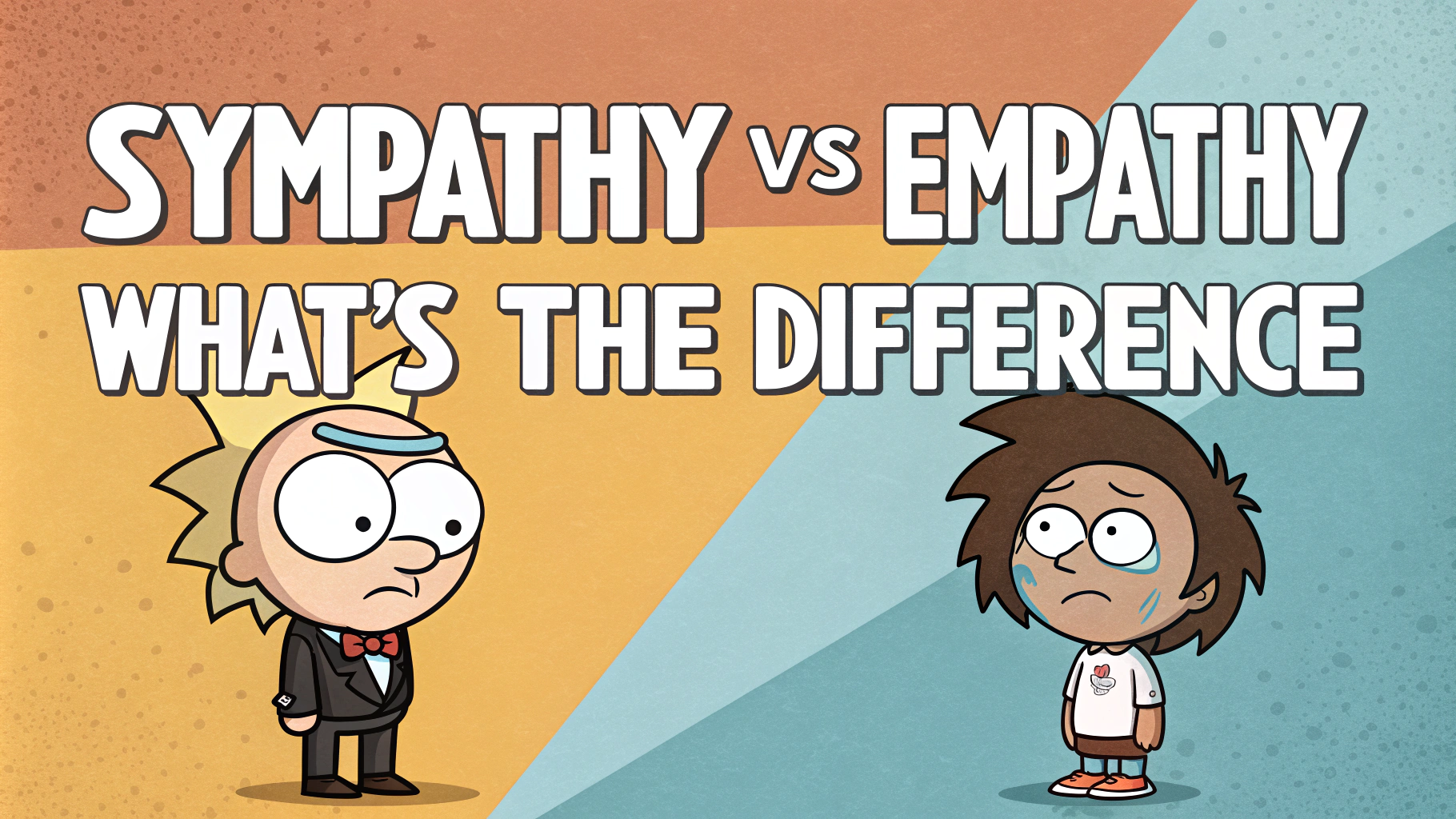Money management comes down to two key financial strategies: **saving** and **investing**. While both help build wealth, they serve different purposes and carry distinct levels of risk and reward.
The choice between saving and investing impacts your financial security and long-term wealth potential. Understanding when to save versus when to invest helps make smarter money decisions aligned with your goals.
Key Differences Between Saving and Investing
- **Risk Level**: Savings are low-risk with guaranteed returns, while investments carry varying degrees of risk
- **Time Horizon**: Savings suit short-term goals, investments align with long-term objectives
- **Return Potential**: Savings offer modest, predictable returns while investments can generate higher yields
- **Accessibility**: Savings provide quick access to funds, investments may require longer holding periods
When to Choose Saving Over Investing
- **Emergency Funds**: Keep 3-6 months of expenses in savings
- **Short-term Goals**: Save for purchases within 1-3 years
- **Security**: Protect money you can’t afford to lose
| Saving Benefits | Saving Drawbacks |
|---|---|
| FDIC Insurance | Low Returns |
| Easy Access | Inflation Risk |
| No Market Risk | Limited Growth |
Smart Investment Strategies for Beginners
Start with **diversified investments** like index funds or ETFs that spread risk across multiple assets. Consider your **risk tolerance** and **time horizon** when choosing investment vehicles.
- **401(k)s and IRAs**: Take advantage of tax benefits and employer matches
- **Dollar-Cost Averaging**: Invest fixed amounts regularly to reduce timing risk
- **Asset Allocation**: Balance between stocks, bonds, and other investments based on goals
>**Pro Tip**: Consider combining both strategies – keep emergency funds in savings while investing for long-term goals like retirement.
The Smart Money Balance: Saving vs Investing
Building financial security requires knowing when to save and when to invest. Each strategy serves different needs in your money journey.
Finding Your Financial Foundation
Start with a clear understanding of your current financial situation and goals. **Track spending** and **calculate monthly savings** capacity before making major financial moves.
- Review income and expenses
- Set specific financial targets
- Assess risk comfort level
Building Your Emergency Fund
**Emergency savings** protect against unexpected expenses and income loss. Store 3-6 months of basic living expenses in an easily accessible account.
| Essential Expenses | Optional Expenses |
|---|---|
| Housing & Utilities | Entertainment |
| Food & Healthcare | Shopping |
| Transportation | Dining Out |
Smart Saving Strategies
Maximize savings through **high-yield accounts** and **automatic transfers**. Set up separate accounts for different savings goals.
- Compare bank interest rates
- Schedule regular savings transfers
- Use round-up savings apps
Starting Your Investment Journey
Begin investing with **low-cost index funds** or **ETFs**. Focus on long-term growth rather than short-term market movements.
Tax-Smart Investment Options
Take advantage of **tax-advantaged accounts** like 401(k)s and IRAs. Consider **Roth options** for tax-free growth potential.
>**Pro Tip**: Max out employer 401(k) matches before exploring other investment options.
Risk Management and Diversification
Protect your portfolio through proper **asset allocation**. Spread investments across different sectors and asset types.
- Mix stocks and bonds
- Include international exposure
- Rebalance annually
Creating Your Personal Money Plan
Combine saving and investing strategies based on your unique situation. Review and adjust your plan quarterly to stay on track.
>**Remember**: The best financial strategy balances short-term security with long-term growth potential.
FAQs About Saving vs Investing
Q: What is the main difference between saving and investing?
A: Saving means putting money in a secure account (like a savings account) with minimal risk and lower returns, while investing involves putting money into assets like stocks or real estate with higher potential returns but greater risk.
Q: Which has better long-term returns – savings accounts or investment accounts?
A: Investment accounts typically offer better long-term returns. The S&P 500 has averaged about 10% annual returns historically, while savings accounts usually offer 0.01% to 3% interest.
Q: How much emergency savings should I have before starting to invest?
A: Financial experts recommend having 3-6 months of living expenses in an emergency fund before investing. Key expenses include:
- Rent/mortgage
- Utilities
- Food
- Insurance
- Transportation costs
Q: What are the best low-risk investment options for beginners?
A: Low-risk investment options include:
- Index funds
- Bonds
- Certificates of Deposit (CDs)
- Money Market Funds
Q: Should I pay off debt before investing?
A: Focus on paying off high-interest debt (like credit cards) before investing, but consider investing while paying off low-interest debt (like mortgages). Compare interest rates to potential investment returns.
Q: What age should I start investing for retirement?
A: Start investing for retirement as early as possible to benefit from compound interest. Ideally, begin in your 20s when starting your career.
Q: How do I balance saving and investing in my 30s?
A: A balanced approach for your 30s includes:
| Priority | Allocation |
|---|---|
| Emergency Fund | 3-6 months expenses |
| Retirement | 10-15% of income |
| Short-term savings | 5-10% of income |
Q: What percentage of income should go to savings vs investments?
A: Follow the 50/30/20 rule: 20% of income for financial goals, split between:
- 5-10% for savings
- 10-15% for investments
Q: Are cryptocurrencies considered saving or investing?
A: Cryptocurrencies are considered high-risk investments, not savings, due to their significant price volatility and lack of government backing.
Q: What’s better for house down payment – saving or investing?
A: For a house down payment within 5 years, focus on saving in high-yield savings accounts or CDs. Investing is too risky for short-term goals due to market volatility.
Q: How do I protect my savings from inflation?
A: Combat inflation through:
- I-Bonds
- TIPS (Treasury Inflation-Protected Securities)
- High-yield savings accounts
- Broad market index funds



















